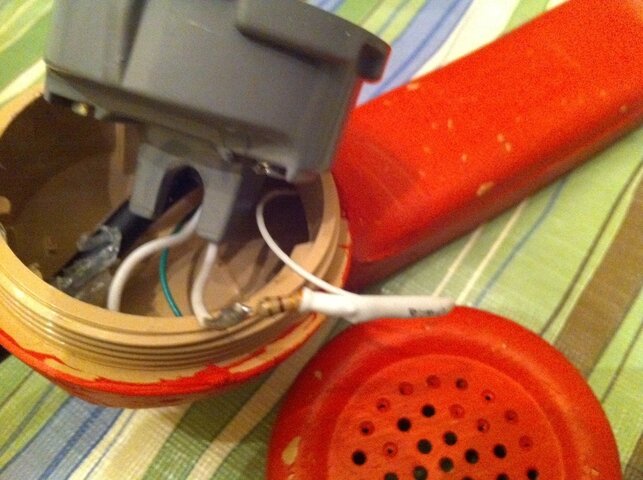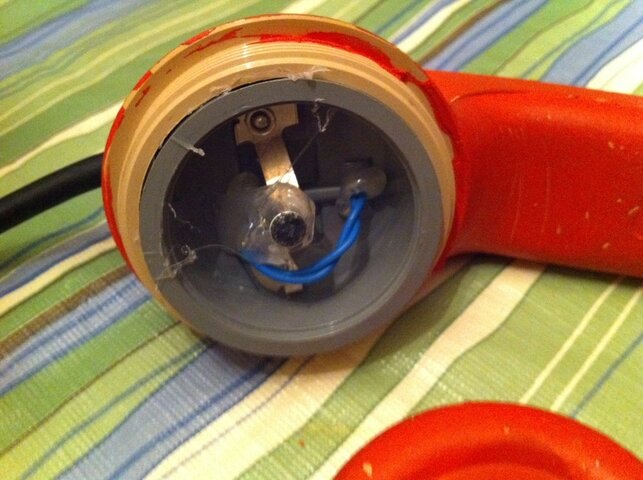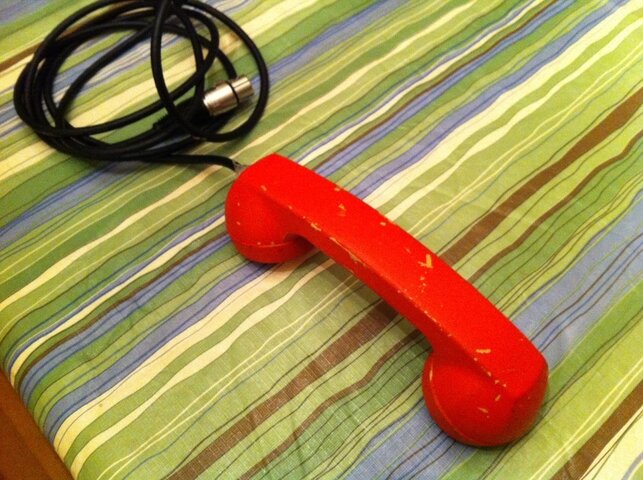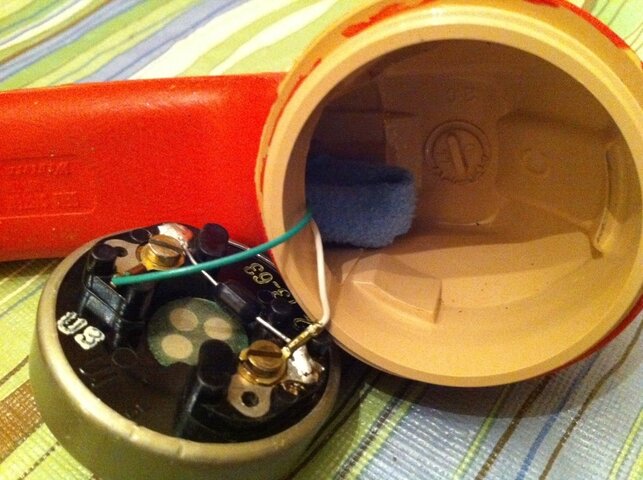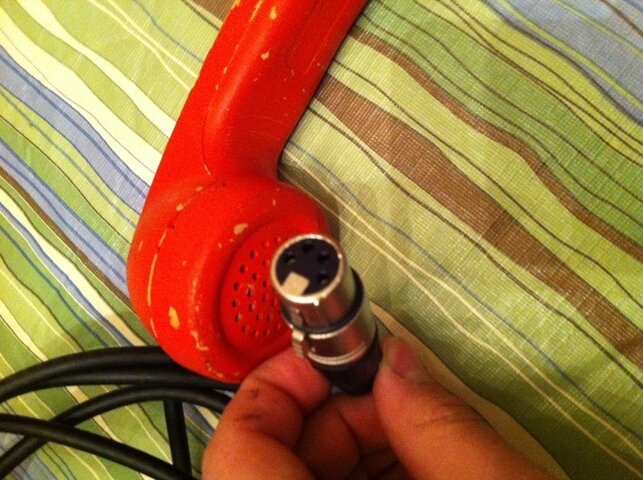I am currently trying to build a telephone-style handset for our Telex Audiocom system.
What I've done is taken a regular Western Electric telephone handset, removed the carbon transmitter, and installed a 200 ohm dynamic microphone element in its place. I put a resistor in series with the speaker to bring the impedance up to 150 ohms. According to the technical specs for the BP-1002 beltpack, that's all OK. And when I connect it, I can hear everything fine through the earpiece. However, as soon as I hit talk there's a terrible feedback that's heard in every headset and through the telephone earpiece. I tried turning the sidetone control all the way down, but that didn't help at all, just changed the pitch of the feedback.
The best I can tell is that the telephone's speaker is vibrating the handset, and those vibrations are picked up by the microphone and sent to the speaker, thus causing a feedback loop.
Any ideas as to what I am doing wrong here?
What I've done is taken a regular Western Electric telephone handset, removed the carbon transmitter, and installed a 200 ohm dynamic microphone element in its place. I put a resistor in series with the speaker to bring the impedance up to 150 ohms. According to the technical specs for the BP-1002 beltpack, that's all OK. And when I connect it, I can hear everything fine through the earpiece. However, as soon as I hit talk there's a terrible feedback that's heard in every headset and through the telephone earpiece. I tried turning the sidetone control all the way down, but that didn't help at all, just changed the pitch of the feedback.
The best I can tell is that the telephone's speaker is vibrating the handset, and those vibrations are picked up by the microphone and sent to the speaker, thus causing a feedback loop.
Any ideas as to what I am doing wrong here?



